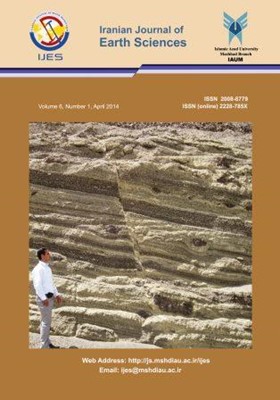Tsunami Vulnerability Mapping Using Remote Sensing and GIS Techniques: A Case Study of Kollam District, Kerala, India
Subject Areas : MineralogyAjin. R. S 1 , Mathew. K. Jacob 2 , Vinod. P. G 3
1 - Geomatics Division, GeoVin Solutions Pvt. Ltd., Thiruvananthapuram, Kerala, India
2 - Post Graduate Department of Geology, Sree Narayana College, Sivagiri, Kerala, India
3 - Geomatics Division, GeoVin Solutions Pvt. Ltd., Thiruvananthapuram, Kerala, India
Keywords:
Abstract :
Tsunamis are caused by the displacement of a large volume of water, generally in an ocean or a sea. Earthquakes, volcanic eruptions and other underwater explosions, landslides, glacier calvings, meteorite impacts and other disturbances above or below water have the potential to generate a tsunami. The coastal areas of Kollam district, the present study area was seriously affected by the catastrophic Indian Ocean Tsunami of 26 December 2004. The present study aims to demarcate tsunami vulnerable areas in Kollam district using Remote Sensingand GIS techniques. A multi criteria decision analysis was carried out using GIS techniques. The factors selected for this study were Land use/land cover, Slope, Elevation, Geomorphology and Distance from shore line. The thematic maps were prepared by using ArcGIS and ERDAS Imagine software tools. Knowledge based weight assessment method was used to prepare the weightage maps. After weighting and ranking, the vulnerability map was prepared by combining these thematic layers by ArcGIS weighted overlay analysis. The prepared vulnerability map was classified into five zones, viz; safe, rather safe, moderate, rather vulnerable and vulnerable. The village boundary was overlaid on the vulnerability map in order to highlight the vulnerable villages. This study provides an interactive method to identify the tsunami affected areas after the disaster and mapping the tsunami vulnerable areas before the disaster, which will be helpful in managing future disasters.


